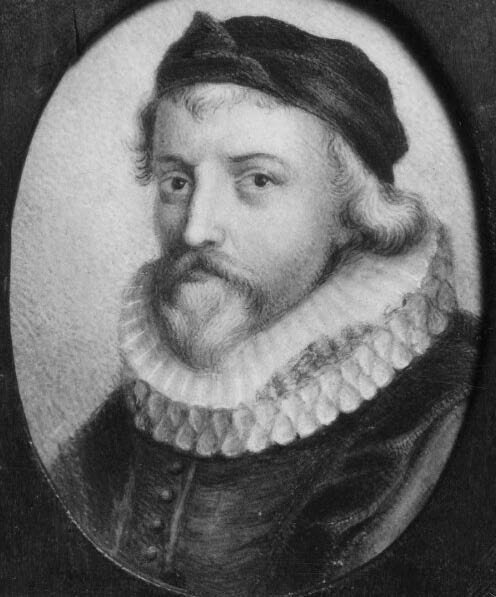
24
w


On 29 October 1628, the VOC retourschip [returning ship] Batavia departed from the port town of Texel in the Netherlands for Batavia (modern-day Jakarta, Indonesia). Commanded by one of the VOC’s most experienced merchants, Commander Francisco Pelsaert, Batavia was the flagship of a fleet of seven ships, the retourschips Dordrecht and Galias, fluits [cargo vessels] Asseldelft and Sardam, and the jacht [dispatch carrier] Klein David. A warship, Buren, travelled with the fleet to protect the convoy. With the exception of Galias and Kleine David, destined for India’s south-eastern Coromandel Coast, all were bound for the company’s new headquarters in the East Indies using ‘Brouwer’s route’, which the Dutch had pioneered in 1610.
The VOC officially recorded Batavia having 341 people on board when it departed. Approximately two-thirds of those on board were the officers and men sailing the ship. The remaining passengers consisted of approximately 100 soldiers and a small group of civilians, including women and children, mostly family of VOC employees or their servants.
The convoy’s journey had an inauspicious start. A violent storm on the North Sea separated most of the ships and Batavia ran aground on the notorious Walcheren Banks. When calmer weather returned and Batavia was successfully refloated, only three of the seven ships had sight of each other—Batavia, Assendelft and Buren.
Sierra Leone and the Cape
Pelsaert made an unapproved stop at Sierra Leone to resupply. The Cape of Good Hope on the southern tip of Africa was the only VOC approved port of call on the voyage to the East Indies, due to the risk of disease and high mortality rates in West African ports. Batavia arrived at the Cape on 14 April 1629 where it rendezvoused with the rest of the fleet and stayed for eight days. It was during this stopover that tensions arose between Pelsaert and Batavia’s skipper, Ariaen Jacobsz. Both men were known to each other from a voyage from Surat to the Netherlands aboard Dordrecht two years earlier. One evening in Surat Harbour, the skipper had become intoxicated and insulted Pelsaert, for which he was formally reprimanded. The same situation repeated while anchored at the Cape. Jacobsz allegedly went on a drunken spree, taking a ship’s boat without permission and visiting the other vessels of the fleet. Pelsaert was required to admonish Jacobsz, further souring relations.
Precious cargo
Amongst the ship’s cargo were 12 chests of silver coins, and precious goods including Pelsaert’s special consignment of silver wares and antiquities such as the ‘great jewel of Gaspar Boudaen’, which he planned to sell to an Indian Mughal ruler. An architectural cargo made up of pre-fabricated sandstone blocks in the form of a portico, intended for the sea fort of the city of Batavia, and thousands of yellow Dutch bricks served as the ship’s ballast.
JOURNEY FROM THE NETHERLANDS


A dangerous friendship
Pelsaert’s rebukes to the skipper fueled a growing friendship between Jacobsz and Jeronimus Cornelisz. As Batavia’s undermerchant, Cornelisz was the second most senior VOC official aboard and he encouraged the skipper to freely speak his mind. He was an unconventional character with a dark side. Cornelisz was a follower of painter Torrentius (Johannes Symonsz van der Beeck) who believed that all religions restricted pleasure, and were contrary to the will of God.
Torrentius argued that God had put people on earth to enjoy everything that might give them pleasure during their brief existence, without hindrance. This was a dangerously heretical idea in the strictly religious society of the Netherlands in the seventeenth century, and Torrentius was accordingly, tortured for his beliefs and exiled to England. Recognising each other as allies, it was not long before talk of dissension turned to mutiny, with the aim of enlisting a group of mutineers to overpower any loyal soldiers and crew, and seize the ship and its treasure.
Johan Torrentius (Johannes van der Beeck), artist unknown.
Credit: Nationalmuseum Sweden (CC BY-SA)



World map showing Brouwer’s Route. The yellow route indicates the intended route. The VOC knew that a miscalculation in longitude would lead to wrecking on the Southland, as shown by the red route.
Credit: WA Museum
